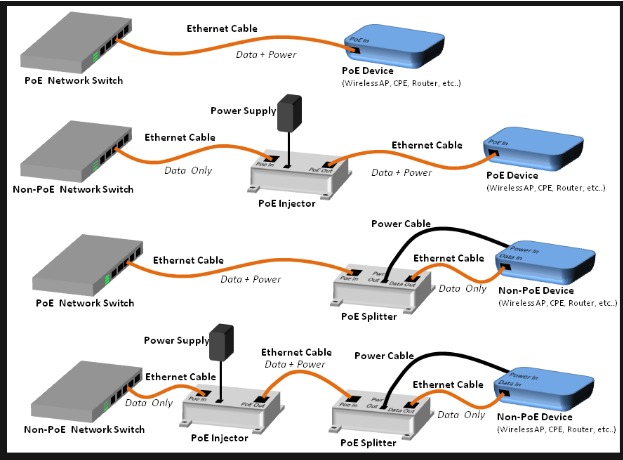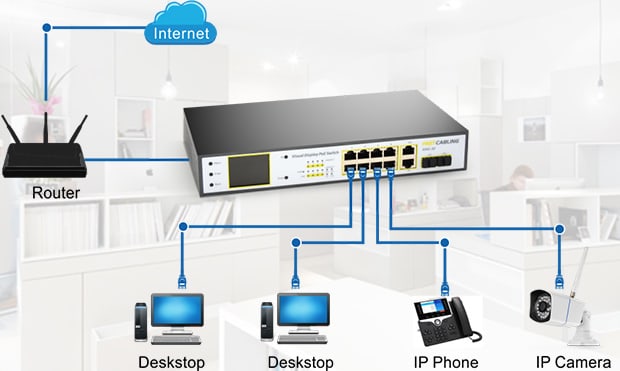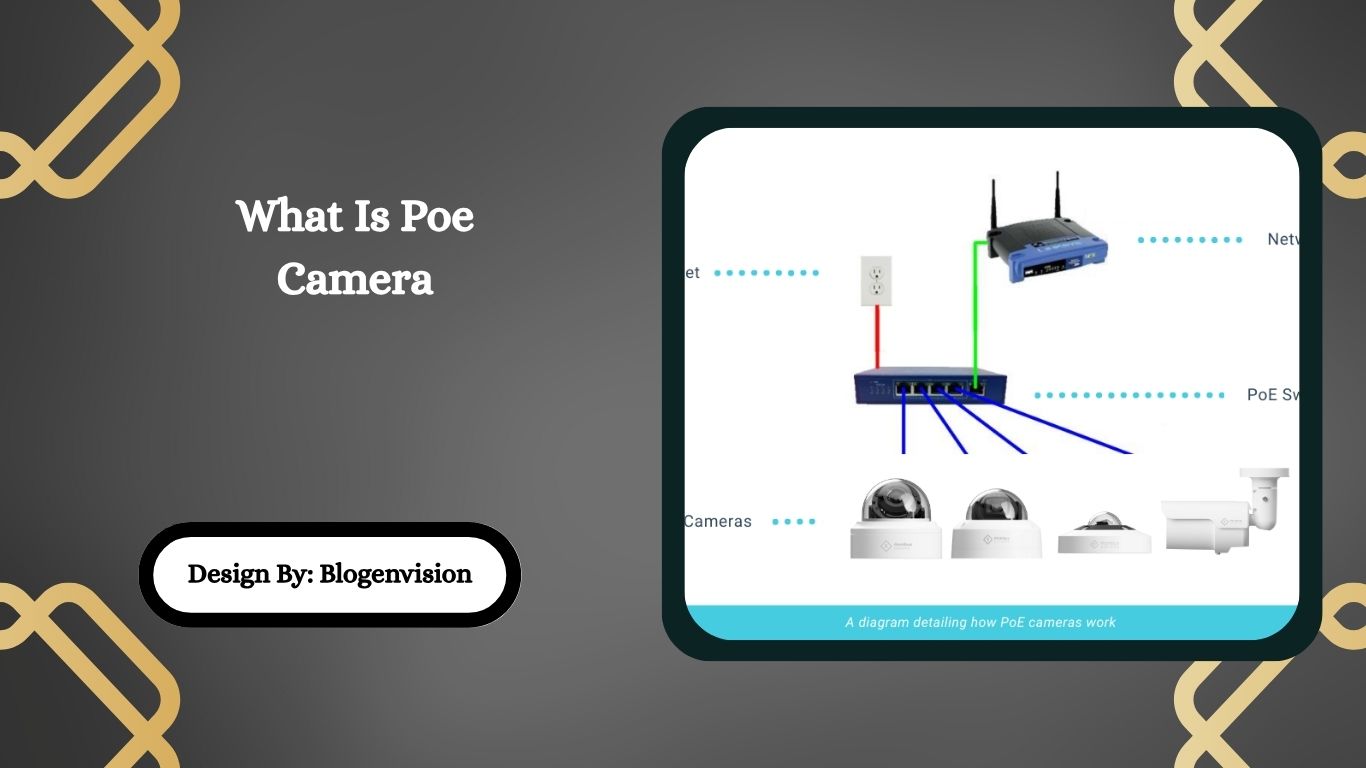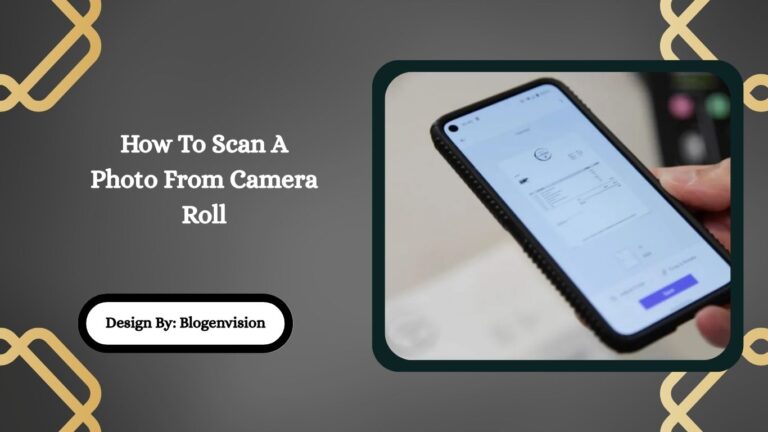What Is Poe Camera – Everything You Need to Know!
A PoE camera is a security camera powered and connected through a single Ethernet cable, offering reliable video transmission, simplified installation, and efficient power management for home and business surveillance systems.
In the world of modern surveillance and smart security, PoE cameras have become an increasingly popular choice for homes, businesses, and large-scale monitoring systems. But what exactly is a PoE camera? And why should you consider one over traditional security options?
This guide explains what a PoE camera is, how it works, its benefits and drawbacks, and why it’s a smart investment for efficient and reliable security coverage.
What Is a PoE Camera?
A PoE (Power over Ethernet) camera is a type of IP (Internet Protocol) camera that receives both power and data over a single Ethernet cable. This eliminates the need for two separate cables—one for electrical power and another for video/data transmission.
In other words, PoE cameras combine network and power delivery through one streamlined connection, usually via a Cat5e or Cat6 Ethernet cable. This is made possible using a PoE switch or PoE injector, which powers the camera while enabling it to send data to a Network Video Recorder (NVR) or computer.
How Do PoE Cameras Work?

PoE technology uses the IEEE 802.3af/at standards to deliver DC electrical power over Ethernet cables. Here’s a breakdown of how it works:
- Camera Connection: A PoE-compatible IP camera is connected to a PoE switch or injector using an Ethernet cable.
- Power Transmission: The switch or injector sends power and data through the cable to the camera.
- Data Communication: The camera transmits video footage and data to a monitoring system, cloud storage, or NVR.
This dual-function cabling drastically simplifies installation and maintenance.
Types of PoE Cameras
There are several types of PoE cameras available to suit various surveillance needs:
1. PoE Bullet Cameras
- Designed for outdoor use.
- Long, cylindrical shape.
- Often weatherproof and infrared-enabled.
2. PoE Dome Cameras
- Dome-shaped for discreet monitoring.
- Common in indoor ceilings or commercial settings.
- Vandal-resistant models available.
3. PoE PTZ Cameras
- PTZ = Pan-Tilt-Zoom.
- Remotely controlled for wider coverage.
- Ideal for parking lots, large warehouses, and public areas.
4. 4K or HD PoE Cameras
- Offer ultra-high-definition video.
- Enhanced detail for identifying faces or license plates.
Benefits of Using a PoE Camera
- Simplified Installation: With just one Ethernet cable required for both power and data, setup is easier and cleaner. This is especially useful for multi-camera setups.
- Cost-Effective Wiring: Using a single cable reduces the cost of materials and labor. No need to hire an electrician to run separate power lines.
- Scalability: PoE systems are easy to expand. Simply connect more PoE cameras to the switch—no need for additional power outlets.
- Remote Access and Monitoring: Most PoE systems support real-time viewing through apps or desktop software. You can monitor your property from anywhere.
- Reliable Power Supply: PoE switches can feature Uninterruptible Power Supplies (UPS), keeping your cameras running during power outages.
- High-Quality Video: PoE supports HD and 4K resolution without lag. Wired transmission ensures more stable performance than Wi-Fi cameras.
PoE Camera vs. Wi-Fi Camera: Key Differences
| Feature | PoE Camera | Wi-Fi Camera |
| Power Source | Ethernet cable (PoE) | Power adapter |
| Data Transmission | Ethernet cable | Wireless (Wi-Fi) |
| Reliability | More stable & secure | Susceptible to interference |
| Installation | Requires wiring | Easier but less scalable |
| Ideal For | Permanent installations | Temporary or DIY setups |
Things to Consider Before Buying a PoE Camera
Do You Have a PoE Switch?
A PoE camera won’t work with a regular router unless you also use a PoE injector. Invest in a good PoE switch or NVR.
Installation Complexity
Running Ethernet cables through walls or ceilings may require professional help, especially for larger buildings.
Resolution and Frame Rate
Choose a resolution that matches your needs—1080p is sufficient for most, while 4K is ideal for high-detail surveillance.
Storage Options
PoE cameras can save footage locally (on NVR or SD card) or to the cloud. Consider privacy and storage limits.
Compatibility
Ensure your PoE camera is compatible with existing software or systems like ONVIF, an industry-standard protocol for IP-based security products.
Real-Life Use Cases for PoE Cameras

🏠 Home Security
- Monitor entrances, garages, and backyards.
- Combine with motion detection for smart alerts.
🏢 Office and Retail Surveillance
- Prevent theft and monitor employee activity.
- Useful for compliance and liability protection.
🚧 Construction Sites
- Watch ongoing projects remotely.
- Ensure safety and track progress.
🏫 Schools and Campuses
- Improve student safety.
- Integrate with access control systems.
Common Myths About PoE Cameras
“PoE Cameras Are Expensive”
While the initial cost may be higher than basic Wi-Fi models, PoE saves money long-term due to reduced maintenance and superior reliability.
“PoE Is Only for Businesses”
PoE is ideal for homeowners who want a professional-grade system with remote access, better quality, and longer-lasting infrastructure.
“Installation Is Complicated”
Modern PoE kits and plug-and-play NVRs make installation straightforward for most users.
Future of PoE Camera Technology
With the rise of smart homes, AI-driven surveillance, and edge computing, PoE camera systems are evolving rapidly. Here’s what to expect:
- Built-in AI analytics for facial recognition and object tracking.
- PoE++ (IEEE 802.3bt) support for higher-powered devices.
- Cloud-integrated hybrid systems for scalable enterprise use.
- Solar PoE combos for remote or off-grid surveillance.
FAQs:
1. Can PoE cameras work without an NVR?
Yes, PoE cameras can operate without an NVR by storing footage on SD cards or using cloud services, though NVRs provide centralized management, extended storage, and better video review options.
2. How far can a PoE camera be installed from the switch?
Standard PoE can power devices up to 100 meters (328 feet) away. For longer distances, PoE extenders or powered switches can extend coverage while maintaining performance and power delivery.
3. Are PoE cameras affected by power outages?
Yes, like all powered devices, they go offline during outages unless connected to an uninterruptible power supply (UPS), which ensures continuous operation and avoids recording gaps during blackouts.
4. Is PoE technology secure against cyber threats?
PoE itself doesn’t affect cybersecurity, but IP cameras can be vulnerable. Ensure strong passwords, firmware updates, and firewalls to protect your surveillance network from unauthorized access.
5. Can I add a PoE camera to my existing Wi-Fi camera system?
Yes, many NVRs and hybrid systems support both PoE and Wi-Fi cameras. Ensure compatibility and proper configuration to integrate both types into a unified monitoring system.
Conclusion
PoE cameras deliver efficient, professional-grade security through a single-cable setup that powers and connects each camera. Their stability, high-definition video quality, and easy scalability make them ideal for both homes and businesses. Unlike wireless systems, PoE cameras offer reduced interference, lower maintenance, and better long-term value. With support for features like remote access and AI analytics, they’re future-ready and highly reliable. If you’re seeking a dependable and organized surveillance system, PoE cameras are a smart and lasting investment.







